What are solar panels?
A solar panel is a device that converts sunlight into electricity to power the home or business, without being plugged in. This electrical energy can then be distributed to power electronic devices, lights, air conditioners, etc. Solar panels are the most popular form of solar technology.
Solar panels are made up of photovoltaic cells or cells that use light to produce electricity. These cells generate electrical current when they convert the sun’s rays into DC voltage power. These DC currents are converted into AC electricity by an inverter which converts DC to AC at a frequency that matches that of your local utility company.
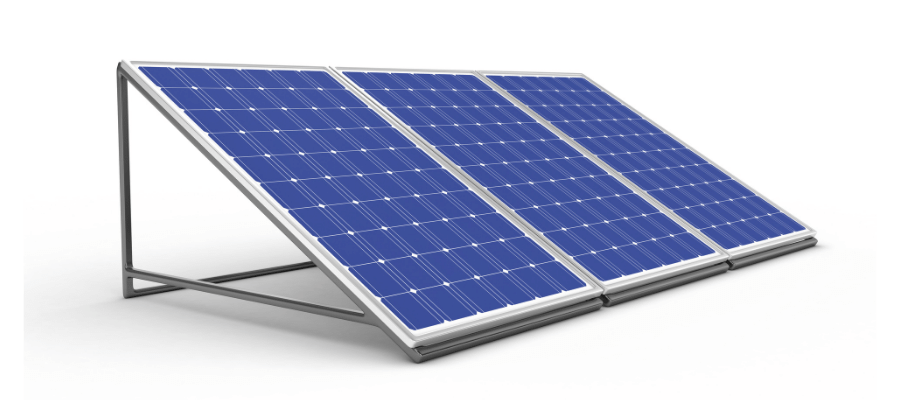
Solar panels are an efficient way to harness the power of the sun in order to generate electricity. All you need is sunlight, a place to put them, and you can start generating your own power.
Solar panels work by absorbing light photons from the sun which turn into living energy in an electric current. That electricity flows through wires connected to an inverter which converts it into alternating current (AC) like what comes out of your wall sockets at home or business.
Solar panels or pv panels (photovoltaic cells) are made up of semiconductor materials such as silicon and cadmium telluride. The most common type of solar panel today is made up of crystalline silicon.
Most solar panels today use a thin, plastic material called PV (polyvinylidene fluoride) in order to protect the cells from the elements and provide an efficient manufacturing process. PVF, also known as polyvinyl fluoride, is a thermoplastic elastomer (TPE).
Types of solar panels
There are two main types of solar panels: monocrystalline and polycrystalline:
Monocrystalline
Monocrystalline panels consist of one crystal and polycrystalline panels consist of multiple crystals. Monocrystalline solar panels are the most common type because they contain one large, flat silicon wafer. They also have a higher efficiency rate which means they convert more solar energy into electricity. Polycrystalline solar panels are made up of multiple crystals. Their surface appearance looks like a mound of small rocks or marbles. Their efficiency rates are slightly lower than monocrystalline solar panels but they are less expensive.
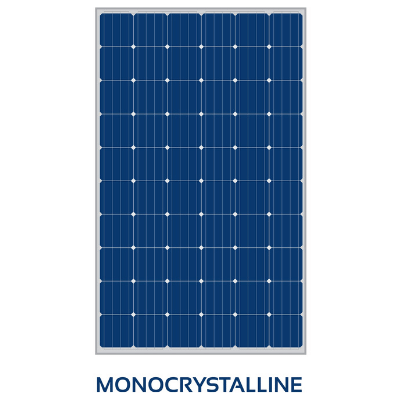
Polycrystalline
Polycrystalline or multijunction PV cells (MJ) contain multiple crystalline materials and function like a hybrid car battery. They are made of multiple layers of silicon crystal cells on top of each other. Each cell is made up of silicon sandwiched between two different kinds of semiconductors. One type contains metals like copper or aluminum which are used for the electrodes, while the other contains cadmium telluride which is used for the photoelectrodes. The final electrodes are then covered with a thin layer of plastic to protect them from the elements.
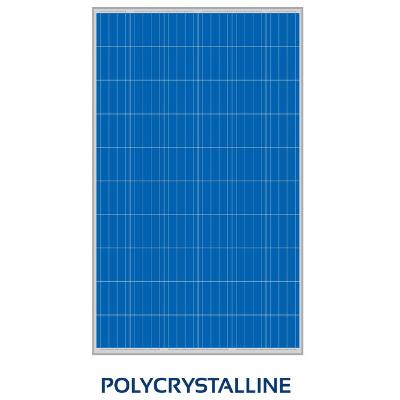
Efficiency
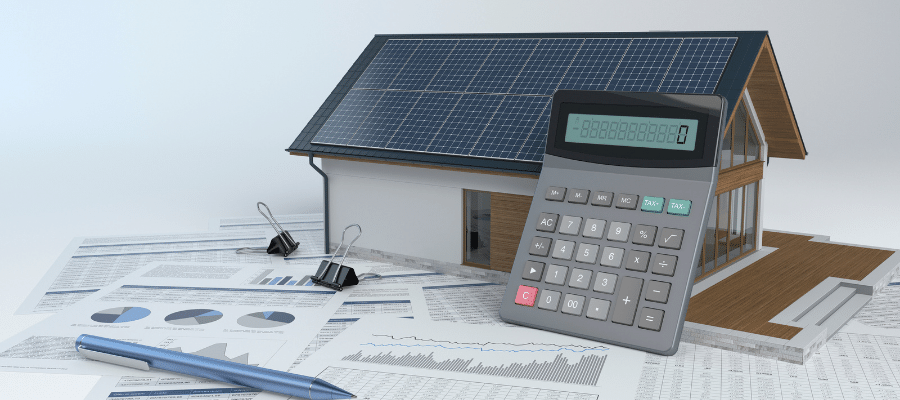
Solar power can be generated in three different ways.
- Monocrystalline solar panels
- Polycrystalline solar panels
- Concentrated solar power (CSP)
Most solar panels are made up of monocrystalline PV cells in order to increase the number of cells in the panel. This means the efficiency rate is higher because each cell produces more electricity than a single, smaller cell would.
The most efficient is the use of solar concentrators (solar mirrors) which focus light directly onto surface photovoltaic cells. The second method with the best efficiency rate is tracking the sun with specially designed solar tracking systems. The third, but least efficient way to use solar energy is when each ray of sunlight hits one or more surface photovoltaic cells (solar panels).
Technology
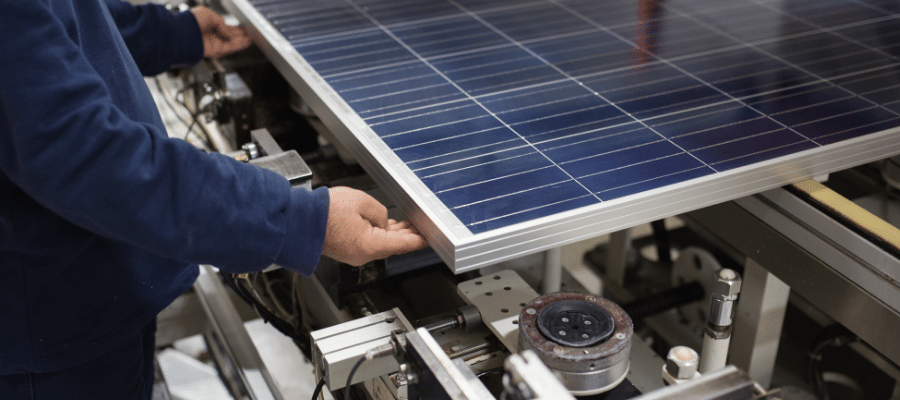
Solar panels are made up of semiconductor materials which are often referred to as photovoltaic or PV cells. The most common type of solar panel today is made up of crystalline silicon. Crystalline silicon uses a very thin layer of amorphous silicon with a thickness between 0.25-0.4 microns.
Crystalline solar cells are available in two forms, single crystal and polycrystalline, which both contain multiple crystals.
Also known as multi-crystalline or poly-crystalline, these panels are made up of multiple crystals. Their surface appearance looks like a mound of small rocks or marbles. Their efficiency rates are slightly lower than monocrystalline solar panels but they are less expensive.
Monocrystalline silicon or mono-crystalline panels were the main type produced until the 1980s when research found that polysilicon was more efficient than the monocrystalline silicon cells.
Production of solar panels
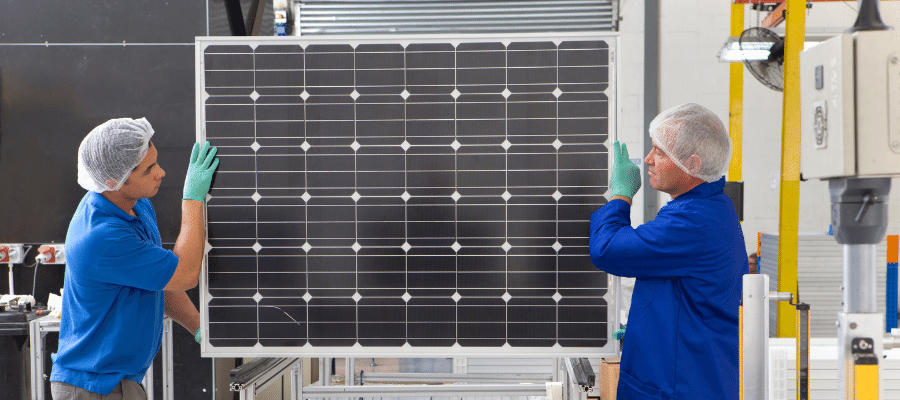
In United States , solar panels are manufactured in four main sites:
Phases of production
Manufacturers of solar panels produce the panels by following the steps below:
- Production of raw materials (inorganic silicon, oxygen, and metal for electrodes)
- Production of silicon ingots (heating and cooling material to make an ingot out of it)
- Production of wafers (cutting material into thin wafers)
- Production of cells (connecting silicon wafers to electrodes / passivating surface)
- Production of solar panels (assembly of the cell with an encapsulant, metal frames and installation into a package)
- Testing and certification of solar panels
- Installation of the solar panels
Solar technology uses photovoltaic cells or PV cells to generate electricity from sunlight. Solar power is non-polluting, does not consume water and no water is wasted when producing energy with photovoltaic technology.
Renewable energy
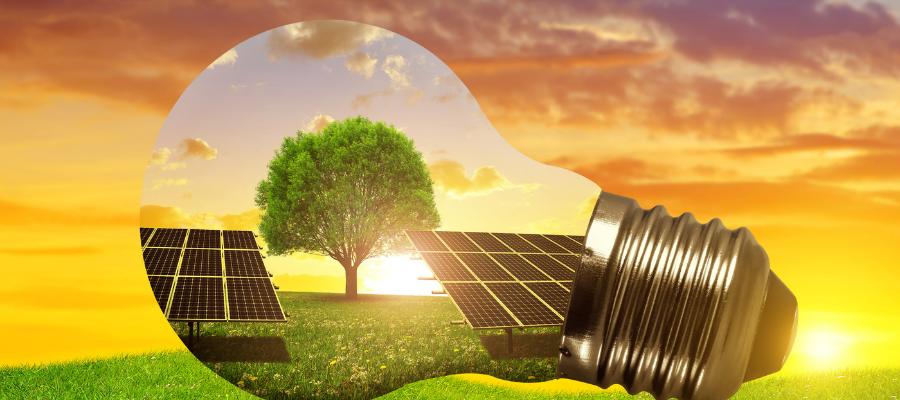
In the context of renewable energy, solar power is a form of energy from resources that can be replenished at any time, such as the sun's energy. Solar power is a distinct subset of renewable energy and is unique in that it can be generated in a predictable manner. The physics involved in the conversion of sunlight into kinetic energy is well understood and stable technology exists to do this under most weather conditions.
Solar photovoltaic systems are made up of individual solar cells which are then connected together in panels or modules.
There are three types of solar panels used to produce electricity in the world today: monocrystalline silicon, polycrystalline silicon and concentrated solar power. I have listed their advantages below:
The amount of power generated by a photovoltaic system is measured in watts (W).
Are solar panels affordable?
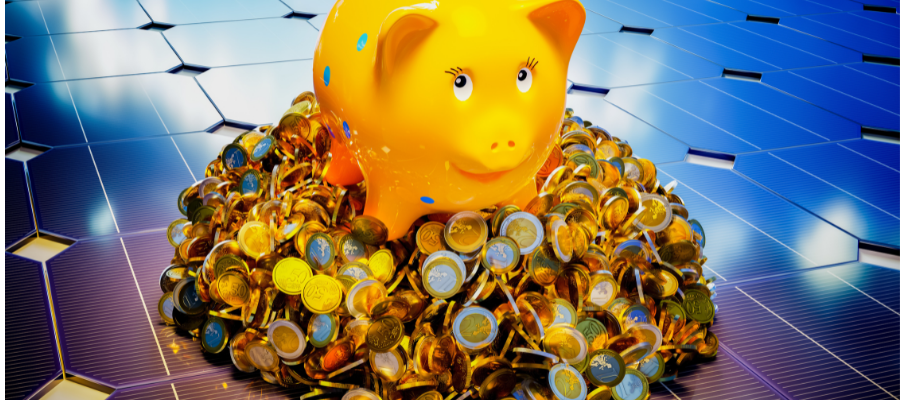
The answer is yes! They are affordable and cost effective. In addition to lowering your monthly energy cost, they will most likely increase the value of your home. In 2018, the average cost of a solar panel is between $2.30 per watt to $3.80 per watt. A less expensive solar panel will have a lower efficiency rate which means you’ll have to buy more solar panels in order to generate as much electricity as a more expensive model would.
Because of federal incentives, 30 states have or have had a solar rebate program for homeowners and businesses to purchase and install solar panels. One of the most popular ways for a homeowner to pay for a solar panel system is through a rebate. The United States government offers a 30% tax credit towards the cost of installation for eligible properties. In addition, some states offer an additional incentive or rebates from state programs which homeowners can apply to their federal tax credit in order to receive more money back.

